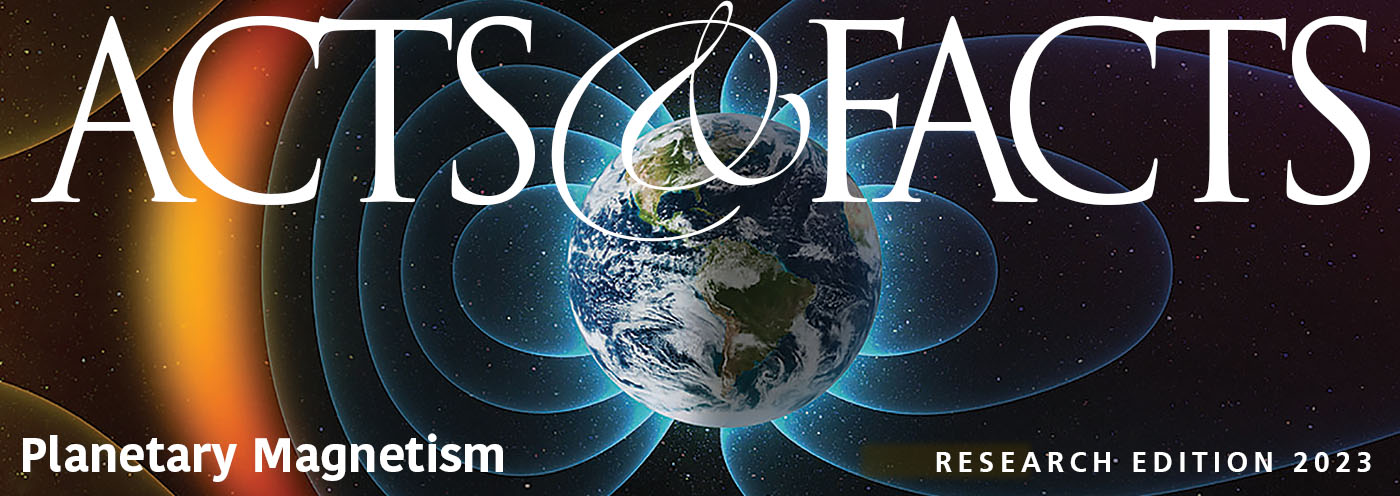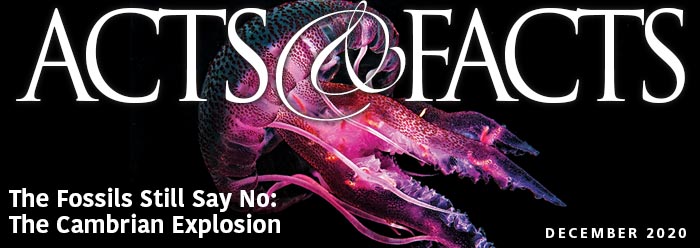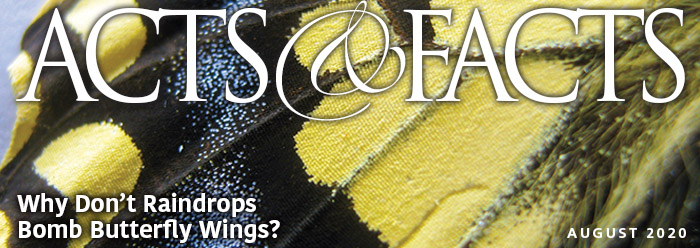On the evening of Friday, August 2, 154 creation enthusiasts attended an astronomy-themed evening at the ICR Discovery Center for Science and Earth History. By all accounts, everyone had a wonderful time.
The evening’s activities included showings of the ICR planetarium show Creation in the Solar System. Then, local creation scientists hosted brief Q&A sessions after each viewing. I hosted the first Q&A, and physicist Wayne Spencer (well-known in creation circles for his research on comets and meteorite impacts) hosted the other sessions. In the Founder’s Hall auditorium, attendees also viewed episodes from the DVD series The Universe: A Journey Through God’s Grand Design. Attendees enjoyed hors d’oeuvres in the Discovery Center atrium and some won creation-themed door prizes.
Local creation and astronomy enthusiasts Parker Eng and James Worrell graciously provided the use of their high-quality reflecting telescopes. They set up their scopes by the sundial next to the Discovery Center parking lot. The light-gathering power of these large (eleven and fourteen-inch diameter aperture) telescopes enabled attendees to see Jupiter and Saturn in spectacular detail.
Smaller telescopes at the Discovery Center entrance allowed other celestial views. A solar telescope allowed attendees to safely view the sun before it set.
Note: never view the sun without an appropriate and correctly installed filter!
A mounted set of binoculars and a smaller five-inch telescope made it possible to view the thin, just-barely-visible crescent of the New Moon in the western sky. Although cloud cover was present that evening, the Lord graciously answered prayers, allowing the cloud cover to be thin enough to make these viewings possible. Ice cream desserts served as a final treat and a great way to finish off the evening.
This exciting event illustrated the Discovery Center’s potential as a science-based ministry resource. A number of attendees expressed their excitement about the upcoming Grand Opening September 2, less than a month away! Ticket and additional information may be found at DiscoveryCenter.ICR.org.
Dr. Hebert is Research Associate at the Institute for Creation Research and earned his Ph.D. in physics from the University of Texas at Dallas.
Under the Stars at ICR
The Latest
Ichthyosaur Graveyard Explained by the Flood
Ichthyosaurs are marine reptiles that occur globally in the same rock layers as dinosaurs. Specimens with babies support the idea that they gave live...
CREATION PODCAST
What Do We Do With Geology's Unconforming Features? | The Creation...
Welcome to the fifth episode in a series called “The Failures of Old Earth Creationism.” Many Christians attempt to fit old...
Freshwater Fish Fossil in Australia
Yet another fish fossil has been discovered. This one was found in the Australian desert and was dated by evolutionists to be “15 million years...
May 2025 ICR Wallpaper
"Now may the God of hope fill you with all joy and peace in believing, that you may abound in hope by the power of the Holy Spirit." (Romans...
Acoustic Communication in Animals
We are all familiar with vocalizations in the animal world. For example, dogs bark, birds sing, frogs croak, and whales send forth their own distinct...
Creation Kids: Crystals!
by Michael Stamp and Susan Windsor*
You're never too young to be a creation scientist and explore our Creator's world. Kids, discover...
APOLOGETICS
Playing Chess with Little Furry Critters
God’s multifarious and marvelous designs for basic creature needs are so innovatively clever and providentially purposeful that Christ’s...
Credit Only Our Creator
History was my favorite subject as a young kid. But it always puzzled me when my teachers said, “We study history so that we don’t repeat...
Genomic Tandem Repeats: Where Repetition Is Purposely Adaptive
Tandem repeats (TRs) are short sequences of DNA repeated over and over again like the DNA letter sequence TACTACTAC, which is a repetition of TAC three...
Dinosaur National Monument: Fossil Graveyard of the Flood
Straddling the border of Utah and Colorado, Dinosaur National Monument (DNM) is one of the richest exposures of dinosaur fossils in the world.1...
















